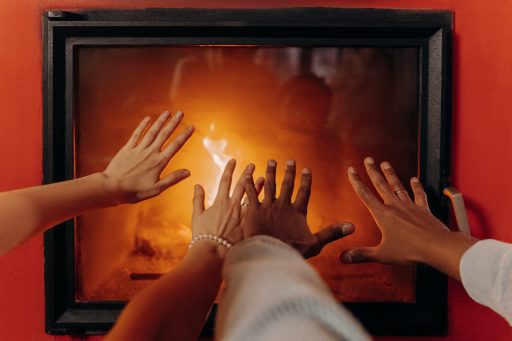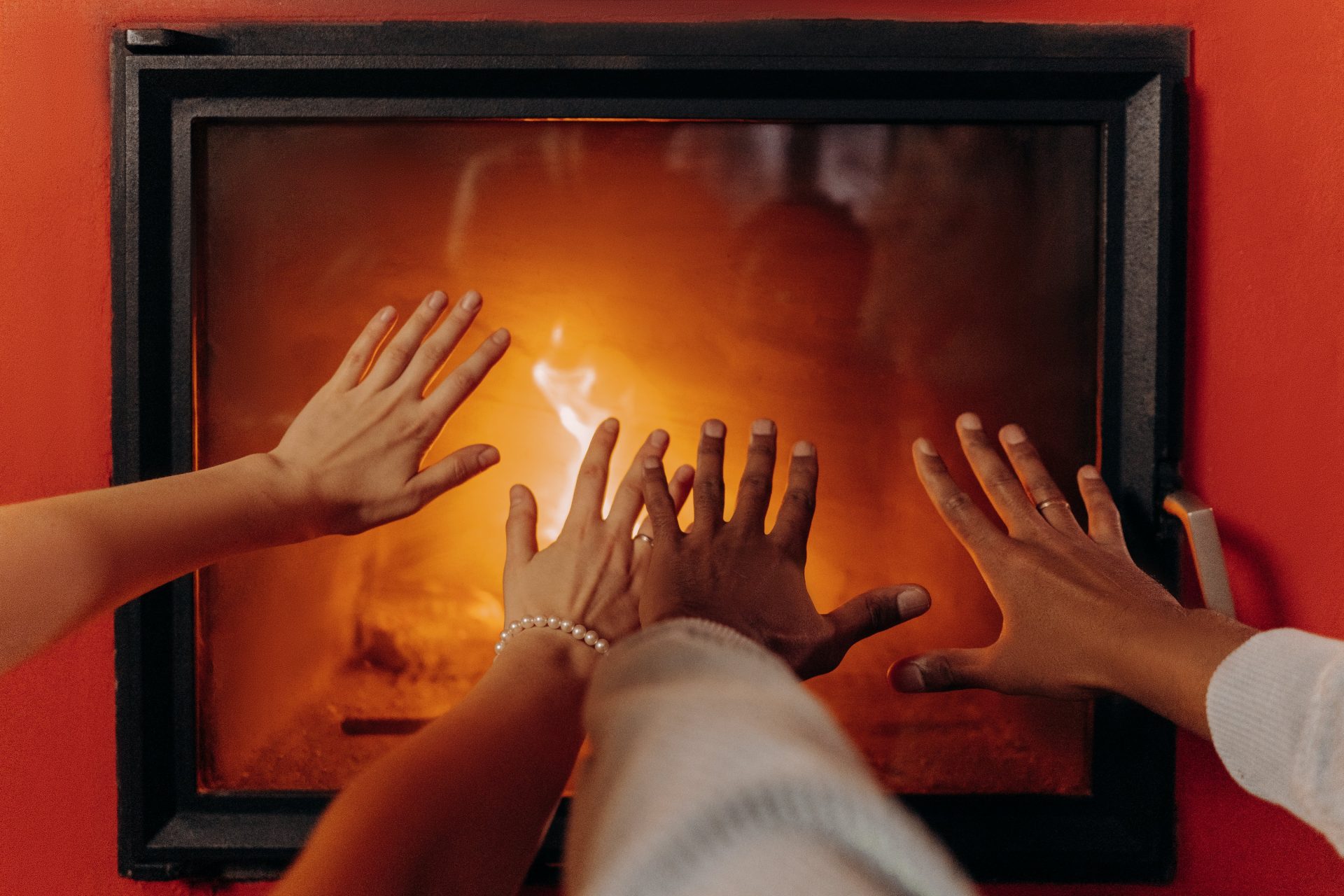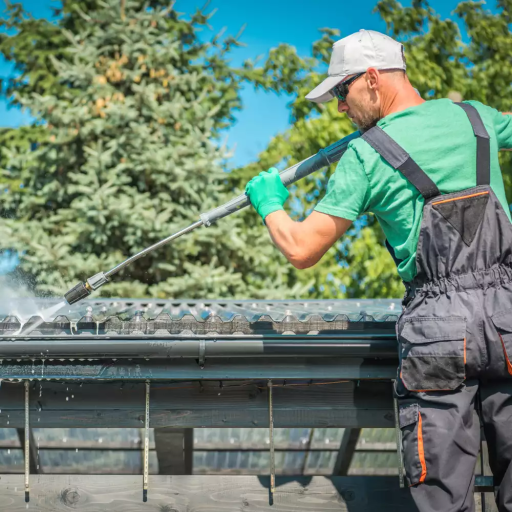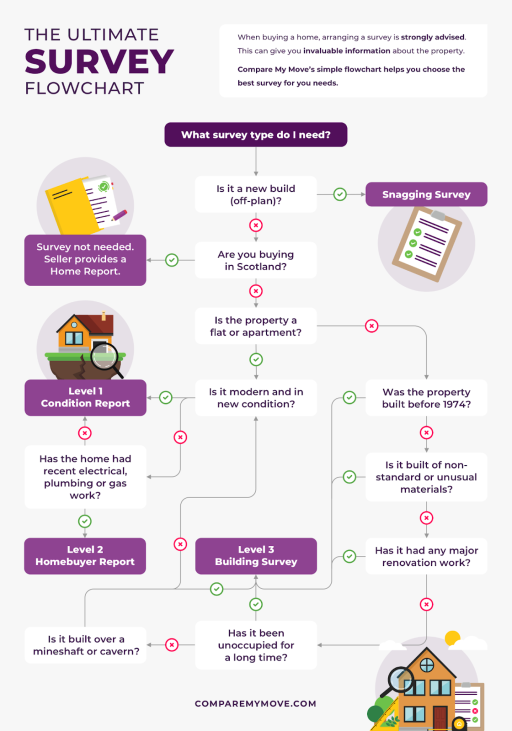With cold weather closing in, it’s not surprising that people are concerned about the cost of living, and in particular, energy prices.
To help you avoid hefty energy bills this winter, we asked a variety of industry experts to reveal their top tips on how to retain heat in your apartment. From zero-cost switches to more long-term investments, these were the best pieces of advice.
Free and instant tweaks
Don’t overheat your home
Jo Trotman, window and door designer at The Residence Collection, explains that to start with, you need to make sure your thermostat is set to a reasonable temperature:
“To save energy, you should set your thermostat to the lowest comfortable temperature. Turning your thermostat down by just one degree could help you save around £60 a year on your heating bill. Always wear an extra layer before you turn to the thermostat.”
Nick Duggan, managing director at The Radiator Centre, says between 18 and 21°C is a good temperature:
“The ideal temperature for a room is between 18-21C, every extra degree adds around 10% to the average heating bill, so it’s important to ensure your radiators are working as efficiently as possible.”
Bleed radiators
Nick Duggan explains that it’s important to make sure your radiators are running efficiently:
“Bleeding radiators at least once a year is a must to ensure they are operating efficiently. Over time, air will build up in radiators. This means that you will not be benefitting from the radiator’s full heat potential, which may mean you are tempted to turn the heating up or keep it on for longer, both of which will add to the cost.”
Clean your radiators
Perhaps surprisingly, radiators require regular cleaning, as Nancy Emery, heating expert at Tap Warehouse, outlines:
“A quick and easy fix is to regularly clean your radiator to ensure it’s heating up as well as possible. Over time, they’re likely to become a little dirty and dusty which can affect the efficiency of the radiator, so it’s important to vacuum in and around your radiator once a week and brush the dirt from the inside. It’s always a good idea to also clean the outside of your radiator once a week with warm, soapy water and a sponge.”
Don’t block radiators
Jo Trotman stresses why you should avoid blocking radiators:
“Blocked radiators make it harder for warm air to circulate your home. Having space around your radiators could reduce the amount of energy needed to keep your space warm.”
Open your curtains in the daytime
Debbie Leigh, design manager at ILIV, illustrates how your curtains can be used to trap heat from the sun:
“Another simple yet effective strategy for retaining warmth in your home is to keep curtains open during the day and close them when it gets dark. During daylight hours, allowing sunlight to penetrate through the windows will help to utilise the natural heat from the sun. In the evening, closing the curtains creates an additional layer of insulation which helps to trap the warmth generated during the day and prevents it from escaping through the windows.”
Cover your walls
Oliver Creevy, co-founder of Insulation Advisor, explains how covering walls with furniture, or even decorative homewares, can prevent heat loss:
“Covering walls with items such as picture frames, mirrors, or bookcases serves a dual purpose of adding both style and thermal efficiency to the room. These objects add thermal mass, acting as insulators that prevent heat loss through walls and enhancing the thermal efficiency of a living space.”
Move your furniture
Debbie Leigh recommends repositioning your furniture so it’s not against an external wall:
“Think about the position of your furniture and if possible, arrange sofas and chairs away from your external walls as they are often the coolest and can make you feel cold.”
Put ceiling fans on reverse
Sophia Phillips, lifestyle expert at CouponBirds, shares a hack for anyone with ceiling fans:
“Although they’re not particularly common in the UK, if you do have any ceiling fans in your apartment, try putting them on reverse so the blades turn clockwise. This allows warm air that is trapped near the ceiling to circulate around the room.”
Close vents in unused rooms
Oliver Creevy shares a tip for anyone with a rarely-used space such as a spare room:
“It’s a good idea to close any vents in rooms that are not in use. This allows the airflow from the heating system to be directed more efficiently towards the occupied spaces, ensuring that the warmth is concentrated where it is needed most.”
Longer-term investments
Buy a humidifier
Sophia Phillips suggests buying a humidifier:
“Humid air keeps warm better than dry air. Buying a humidifier is a small expense but can save you a large amount of money. What’s more, humid air can prevent your skin from getting dryer and keep it in good condition.
“Mini humidifiers can be purchased for around £20. As a bonus, you could even add a couple of drops of essential oil to the water to fragrance the room.”
Install window film
Stephen Day, founder of iHeat outlines how window film can reduce heat loss:
“Window insulation film is a plastic film which can be applied to glass windows to reduce heat transfer. It’s a cost-effective way to improve the insulation of existing windows, especially in older properties.”
Use rugs to insulate floors
Shaun Starr, exergy expert at Love Energy Savings explains how to prevent heat loss through the floor:
“You may not be able to insulate the floor in your flat but adding rugs or carpet where possible could help to block draughts and keep your living space warm. Additionally, a runner in an entranceway, for example, can make the space more inviting.”
Invest in thermal-lined curtains
Debbie Leigh suggests installing thermal curtains:
“Good quality, lined curtains are worth the investment. They offer temperature control and privacy. Blackout and thermal-lined window dressing help to keep the room warm in winter by stopping unwanted cold air from seeping in. As an added bonus, they also keep the home cool in summer by totally blocking out unwanted light.”
Install heat-reflective wallpaper
Oliver Creevy recommends a special type of wallpaper:
“Heat-reflective wallpaper is a special type of wallpaper equipped with a reflective layer. When applied to exterior walls, this wallpaper reflects heat back into the room. This helps to maintain a consistent and comfortable temperature inside the home while also serving as a decorative element.”
The benefits of an energy-efficient home
Yolanda Jacob, Sales & Marketing Director at Barratt London, explains how Barratt London homes are designed to retain heat and reduce your energy bills:
“Our new build homes in London are built with highly-efficient insulation and enhanced double-glazing as standard. This allows the heat in and keeps the cold out. This technology means there is less need to turn on the heating, and when you do switch it on, the heat remains inside your apartment.
“In fact, a Barratt London apartment could be up to 65% more energy efficient than an updated Victorian apartment. This could equate to a saving of up to £2,200 each year on your energy bills.”







